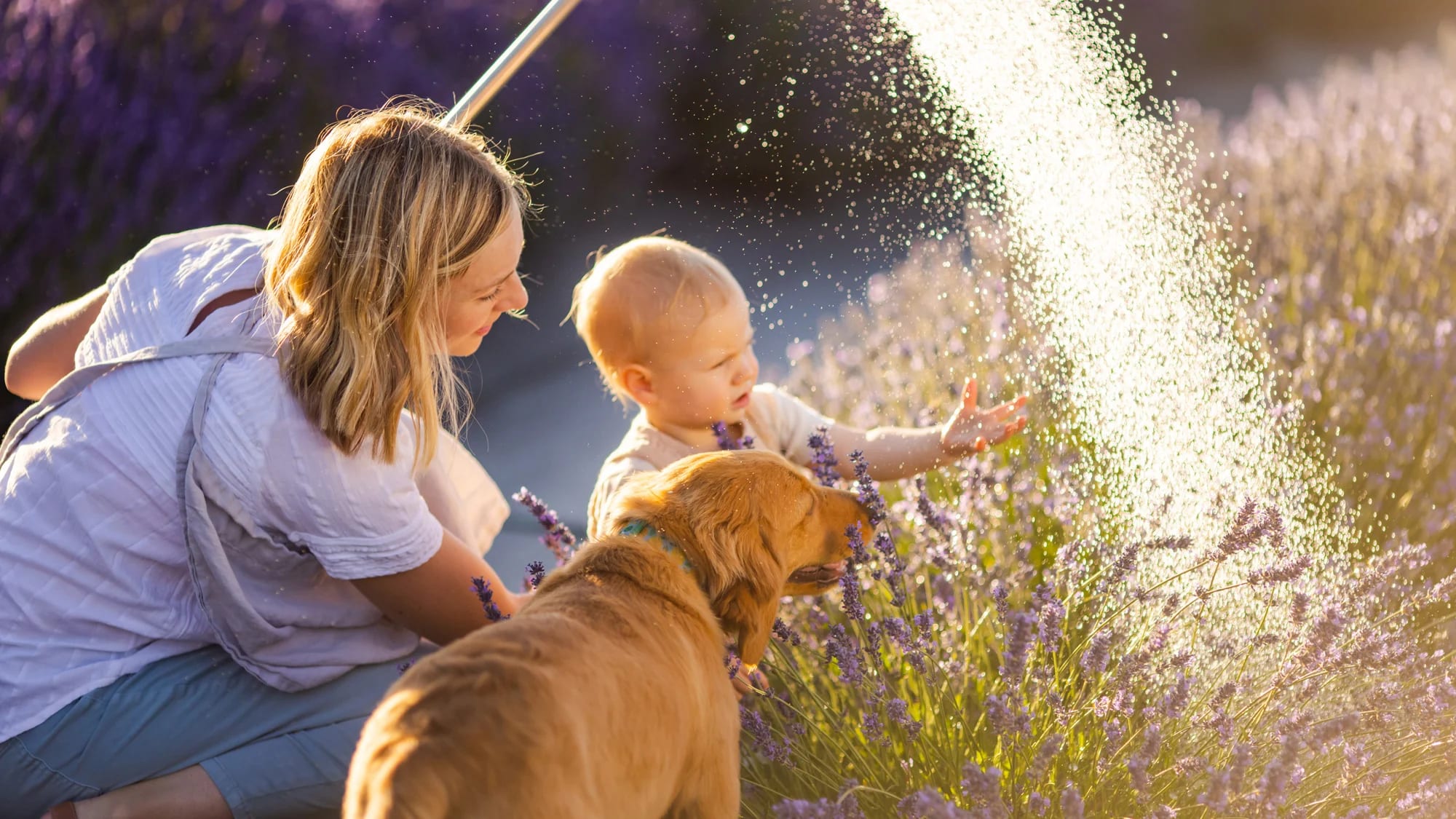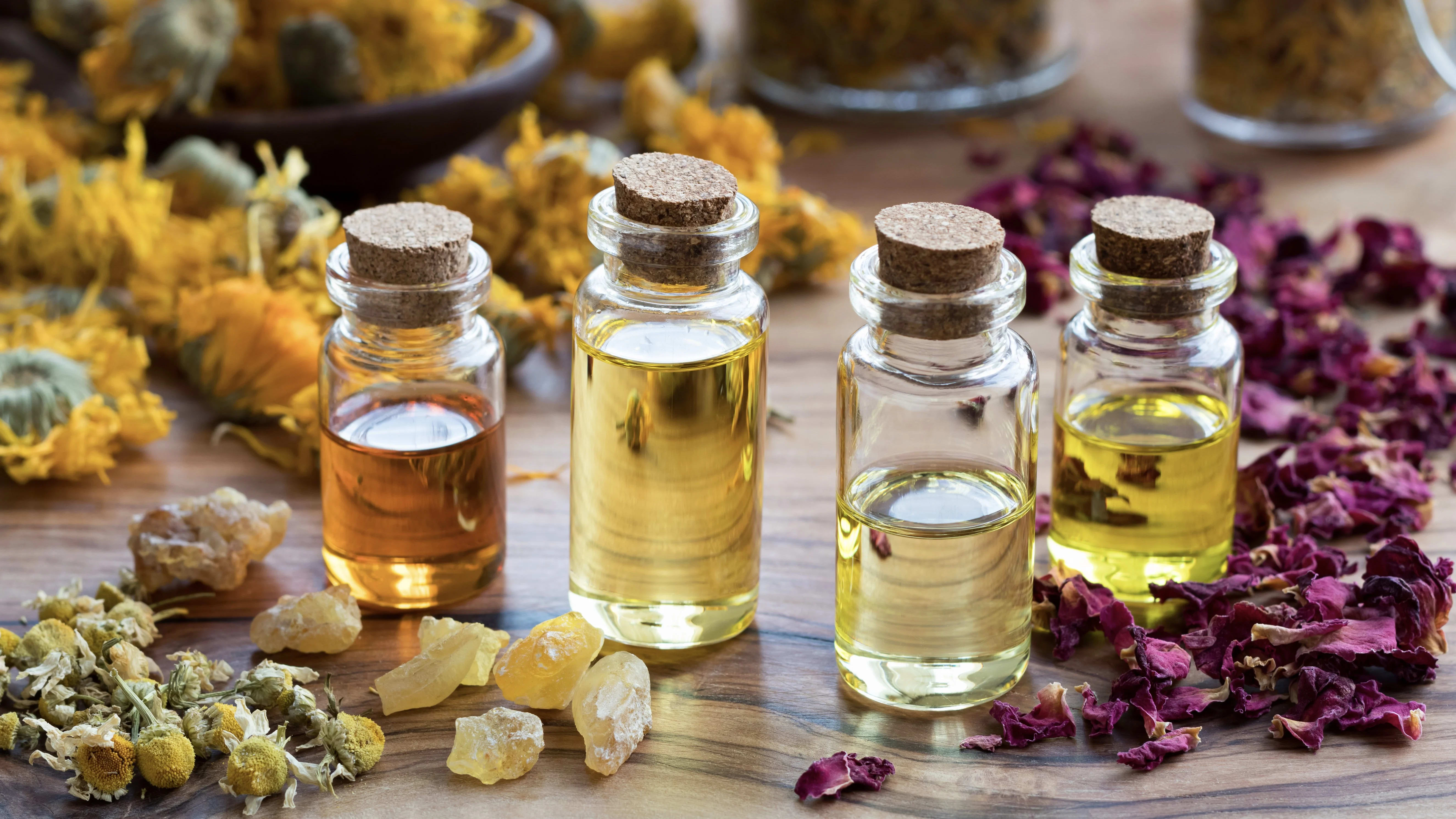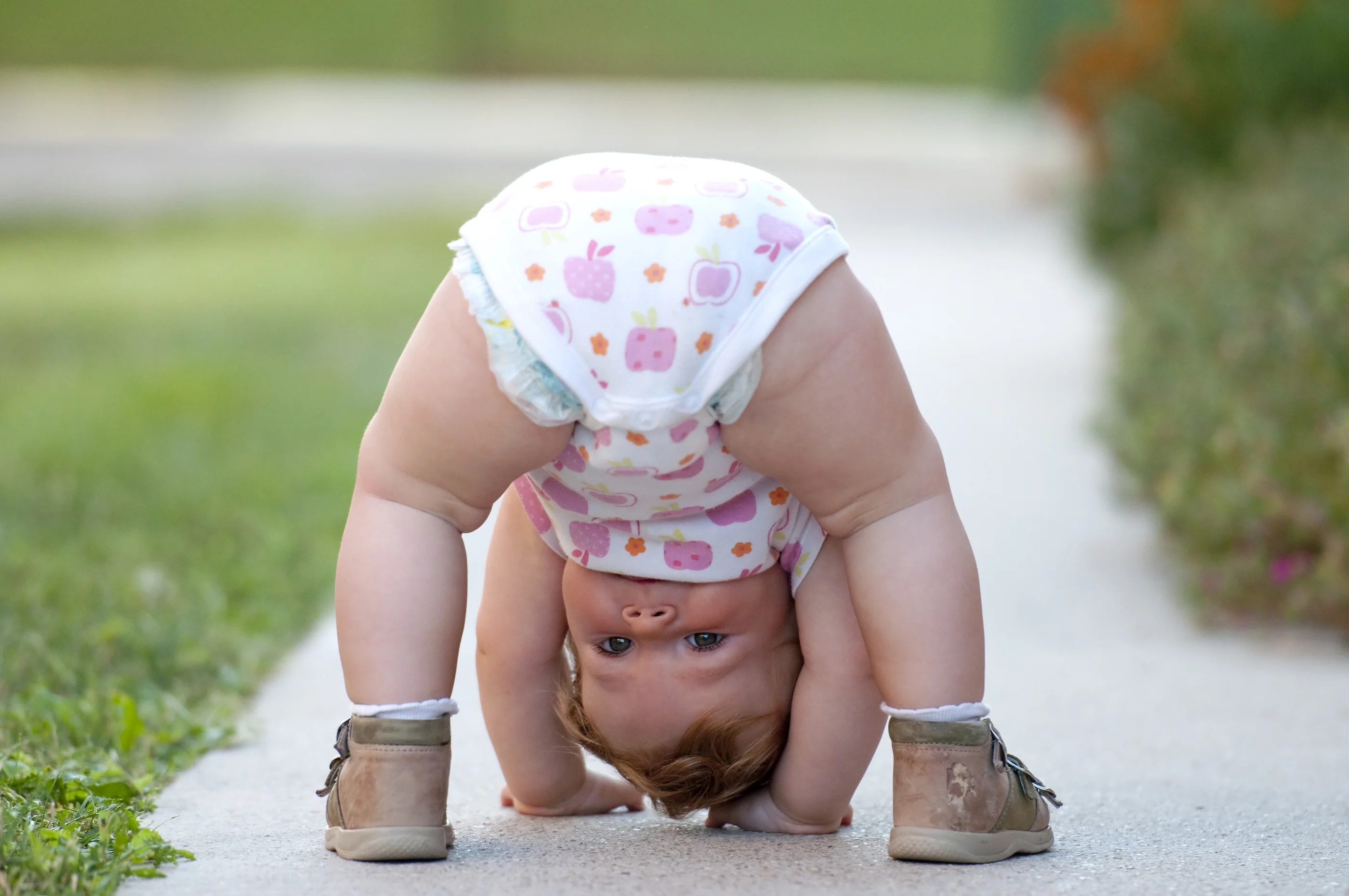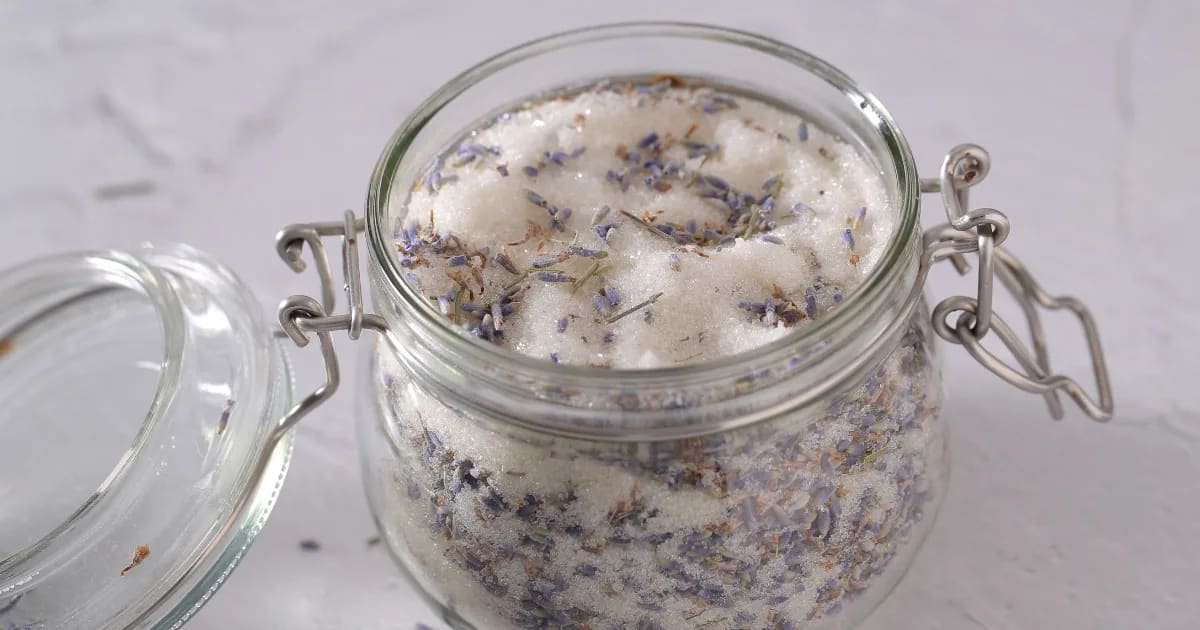Safety Tips When Using Aromatherapy with Pets
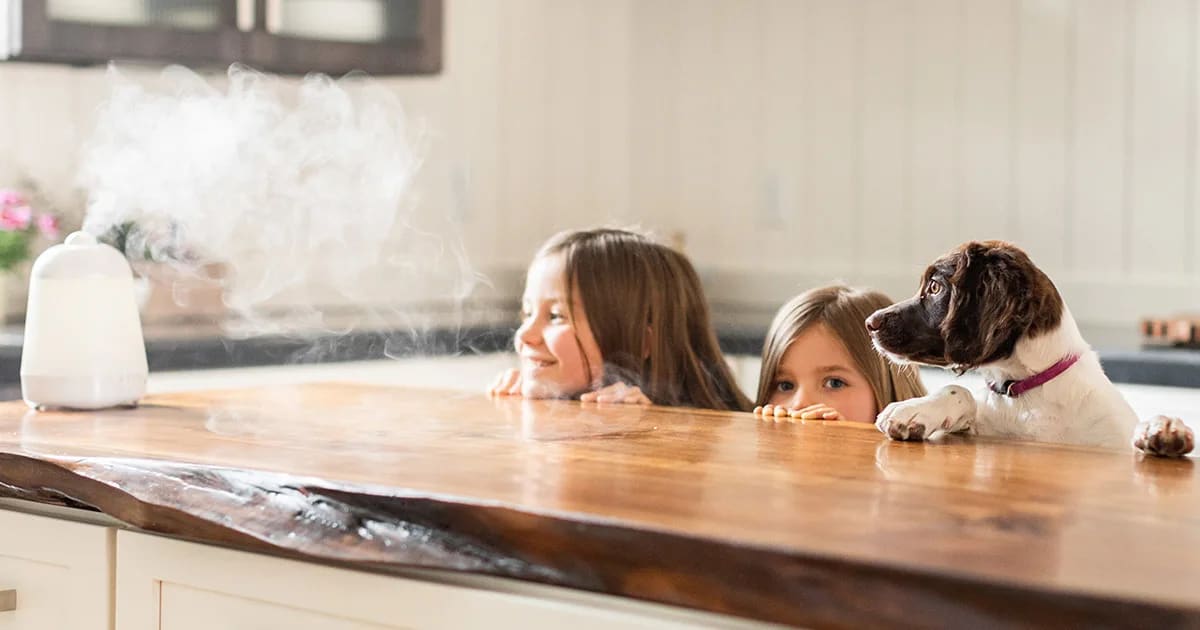
Fred was an aggressive horse.
My friends, his owners in upstate New York, warned me that he often struck out with his front hooves when they tried to get close to him.
I had experience with essential oils and knew how to use Aromatherapy for animals safely. I wanted to help Fred!
I took a few essential oils with me and stood quietly in his space so he could get used to my presence. I also ensured he wasn't tied up, so he could get as far away from the oil as possible if he didn't like it.
I slowly took out a bottle of Angelica's essential oil for him to smell (Angelica archangelica). I held it firmly since horses are adept with their lips and can snatch things out of your hand before you know it!
I also let him smell Yarrow (Achillea millefolium), Vetiver (Vetiveria zizanoides), and Hops (Humulus lupulus).
Finally, Fred became calmer and more curious. I decided to try Rose otto (Rosa x damascena).
In the past, I'd successfully used Rose essential oil for animals who needed emotional support. I felt that the oils above helped prepare Fred to accept the Rose.
I reminded myself not to worry if Fred's first reaction to Rose was agitation. When we're processing emotions, agitation is often one of the first feelings to come up and be released, and Rose often promotes this reaction.
Fred did get agitated.But I stayed with him, stayed calm, and kept the Rose available if he wanted to give it a sniff.
Eventually, he returned and sniffed the bottle again, sighing a huge sigh of relief. It was as though I could sense his relief as the years of anxiety and distrust finally worked their way out of him.
By the end of my one-hour Aromatherapy session with Fred, he bowed his head and asked me for pets and love.
Fred and I shared a beautiful, heart-warming experience! It brings tears to my eyes even now.

Using Aromatherapy for Animals Safely: Training and Experience Matters!
My experience with Fred was one of many I've been privileged to have using Aromatherapy for animals.
There's a lot of unreliable (and even unsafe) information "floating around" online about this.
I'm so glad you've found your way to this article!
Aromahead is dedicated to education and SAFETY, first and foremost.
We'll never guide you to use essential oils in ways not supported by science, research, and experience.
The Aromahead team loves animals! Many of us own pets—from cats to dogs, to horses, and others. Aromatherapy is a natural, practical choice to help care for them . . . as long as you know how to use it safely.
Before attempting to help your animal friends heal from anything more than emotional stress, always talk to your vet (whether they're a traditional or holistic vet).

Rule #1: Using Aromatherapy for Animals Safely
Trust Their Instincts
When I worked with Fred, I never pushed the essential oil toward him. I never tried to convince him or coerce him to accept the oil.
The most important thing is to trust the animal's instincts.
Animals have super-olfactory senses.
Kelly Holland Azzaro is the founder of AnimalAromatherapy.com, and she says:
An animal's sense of smell is much more potent than ours and with some . . . they are capable of detecting scent 10,000 to 100,000 times greater than humans!
It makes sense that animals naturally gravitate away from aromas that are too strong or that won't help them thrive.
On the other hand, they'll instinctively move toward scents and substances that can help them feel better—and even heal themselves.
Caroline Ingraham is a specialist in how to use Aromatherapy for animals safely. I studied with her when I decided to learn more about this. She's worked with domesticated and wild animals and has some amazing stories to share!
Here's what Caroline has to say about letting animals choose their plant medicines . . .
When animals are allowed to choose their own plant medicines, it can alleviate much unnecessary suffering and save lives, while simultaneously providing us with clues and insights into their needs.
She's found this is true for both domesticated and wild animals.
All animals are hard-wired with instincts for self-healing—even newborn animals. If the animals have evolved in relationship with certain plants, they can especially recognize them as therapeutic.
"Any animal that didn't have this innate mechanism would have died out long ago," Caroline points out.
When using Aromatherapy for animals, trust the animal's intelligence first and foremost.
Remember, you're there to help the animal heal. . . not try to force healing.
What NOT to do!
With this in mind, a few things stand out as what NOT to do when using Aromatherapy for animals without proper training.
Don't put essential oils in an animal's food.
Don't apply essential oils (undiluted or diluted) to an animal's skin or coat without proper training.
Don't use essential oils, hydrosols, or any other Aromatherapy product that an animal does not seem to like or tries to get away from.
Don't diffuse essential oils in a small space where the animal cannot move away if the scent overwhelms them.

Hydrosols and Clay: Two Great Ways to Use Aromatherapy for Animals!
The Aromahead team and I have had great experiences using hydrosols for animals.
Do you know what hydrosols are?
A hydrosol is produced during the process of distilling an aromatic plant.
The plant is put into a still along with water. When the still is heated, the plant releases its essential oils . . . and the water in the still becomes infused with the plant's water-based therapeutic components.
This is the hydrosol!
The hydrosol and the essential oil are then separated, and very little essential oil is left in the hydrosol.
Hydrosols are much gentler than essential oils and far less concentrated, yet they're still full of beautiful benefits for us . . . and for animals.
We also love using green clay, especially for skin conditions.
Always let the animal choose the hydrosol or clay it likes best, and if you're not sure what to do, talk to your vet.
5 Aromatherapy Products to Use for Animals
Before using it, remember to let the animal smell the hydrosol, essential oil, herb, or clay.
If they run away, that's your first clue that this isn't the right solution for them.
If they circle around, seem curious, and return to take another sniff, have patience and let them get familiar with it.
You can try . . .
Dry Green Clay
For hot, weepy areas on the skin.Cornflower hydrosol (Centaurea cyanus) and German Chamomile hydrosol (Matricaria recutita).
For helping to clean pets' eyes. (Be sure to talk to your vet about this!)Calendula hydrosol (Calendula officinalis), German Chamomile hydrosol (Matricaria recutita), and Helichrysum hydrosol (Helichrysum italicum).
General scrapes, cuts, or bumped areas. (Your vet will be able to help with wounds and can give you guidance on follow-up care.) If the experience of getting the wound created anxiety for the animal, you could also try Rose Hydrosol for emotional comfort.

Using Aromatherapy for Dogs . . .
My Golden Retriever, Marley, often sneaks off to take a summer swim in a nearby pond!
But with her long, thick coat, she tends to dry off slowly.
I soon discovered that her skin was suffering behind her front legs, which were generally warm and moist. Based on my training, I thought the area looked right for applying dry, green clay.
First, I let Marley smell the clay. She loved it! She lifted her leg so I could apply it. She instinctively knew the green clay would help!
Within two to three days, her skin went from raw and weepy to clear and healthy.
Other Aromatherapy products I've had success with for dogs are:
Hydrosols
Clays
Infused oils
Smelling essential oils
Caroline Ingraham has a book called Help Your Dog Heal Itself, which goes into much more detail about using Aromatherapy and natural solutions to help our dog friends feel better. Talk to your vet for guidance if you don't have the book.

Using Aromatherapy for Cats . . .
I've found that cats respond well to herbs—not only catnip (which some cats find calming, and others get worked up by!) but sometimes things like dried rosebuds or chamomile.
My cat, Calamity Jane, started feeling fearful and timid as she got older. I wanted to help her feel safer, more comfortable, and more confident.
So, I introduced her to some essential oils to smell—Jasmine (Jasminum grandiflorum) and Roman Chamomile (Chamaemelum nobile).
These are "heart notes," like Rose—rich floral essential oils that help soothe our hearts and heal our emotions.
Not for Calamity Jane! These oils were not for her. She wanted nothing to do with them. Cats can smell the aroma's from far away!
Cats typically avoid essential oils. Even very minute amounts tend to be too much for them. I've found that it's a great, rare occasion when a cat is attracted to essential oils. For example, if a cat has been abandoned and has serious trust issues, it'll sometimes find the scent of an essential oil comforting.
However, I take great caution in introducing cats to essential oils. I just put a drop of the oil (just ONE oil, and just ONE drop!) on a tissue or cloth. I lay where the cat can come and go as they, please.
So, I did not force anything with Calamity Jane. I put the essential oils away and turned to dried herbs.
I laid out a blanket and made small piles of dried rose buds, chamomile, lavender, valerian, yarrow, and marigold.
I wanted to see which herbs, if any, Calamity Jane would like best. She spent much time with the chamomile flowers and lavender buds, and I watched as she calmed down and relaxed.
I decided to leave a little flower garden out for her visit whenever she felt anxious.
In Caroline Ingraham's book, How Animals Heal Themselves, she writes:
Cats have a very low gluconryl transferase activity, an enzyme involved with breaking down some chemicals including alcohols, and more importantly, phenols.
Some essential oils contain alcohols and phenols. This is one reason it's absolutely essential never to force a cat to smell, eat, or touch an essential oil—or any Aromatherapy product. Even if you're diffusing essential oils, make sure the animal has the choice to leave the room if they get overwhelmed.
Remember Rule #1: Respect the animal's instincts.
If you're unsure what herbs or Aromatherapy products your cat seems drawn to, talk to your vet about how to help your cat heal naturally.

These are just a few of my experiences using Aromatherapy for animals based on my education and research.
If you go slowly, respect the animal, let them choose what they like, and do the proper research, you can offer so much support to animals with hydrosols, essential oils, herbs, infused oils, clays, and other natural products.
I highly suggest you do more research on this for your animals! The sources below have lots of information, case studies, and suggestions on how to help your pet safely and naturally.
You can start with . . .
Caroline Ingraham's website and her books:
Kelly Holland Azzaro's website.
Aromahead's 1-hour video class on using essential oils safely in your home—including for topical application—without risking the health of your beloved pets. You'll learn 3 popular ways to use aromatherapy when pets are around, which oils not to use around your pets (and why), and more.
Check out the class and enroll!
And finally, talk to a Certified Aromatherapist who works with animals and your vet if you have questions. They're there to help.
Have fun bonding with your animal friends!

Here's more about me
I became an R.N. in 1983 and spent years studying Western medicine, healthcare, and holistic remedies.
In 1993, I began working with essential oils and seriously studying Aromatherapy. I earned my Aromatherapy Certification from Australian College (which is now called the American College of Healthcare Sciences). I studied extensively with Andrea Butje, founder of Aromahead Institute, and the renowned Aromatherapist Rhiannon Lewis in France.
I had a strong background in using essential oils and Aromatherapy for natural wellness, but I also wanted to start using them for my animal friends.
I needed more training! I studied with Caroline Ingraham in 2014. I also hosted a workshop in Montana, inviting professionals on Aromatherapy and animals to come and participate in a hands-on, inspiring, and informative workshop. Education is a must when working with animals and essential oils or herbs!
I'm also a co-owner of Aromatics International, sourcing the purest essential oils, carriers, and other Aromatherapy ingredients worldwide. Our essential oils are laboratory-tested with GC/MS technology for purity, and we provide this information to our customers.
I'm so honored to work with the Aromahead Team and share what I've learned with you.
Use essential oils safely around your pets! Aromatherapy Around Animals, you'll discover how to read your pet's "signals," so you know whether an oil is (or isn't) right for them and how to get the incredible benefits of aromatherapy for yourself without risking your furry friend's health.


